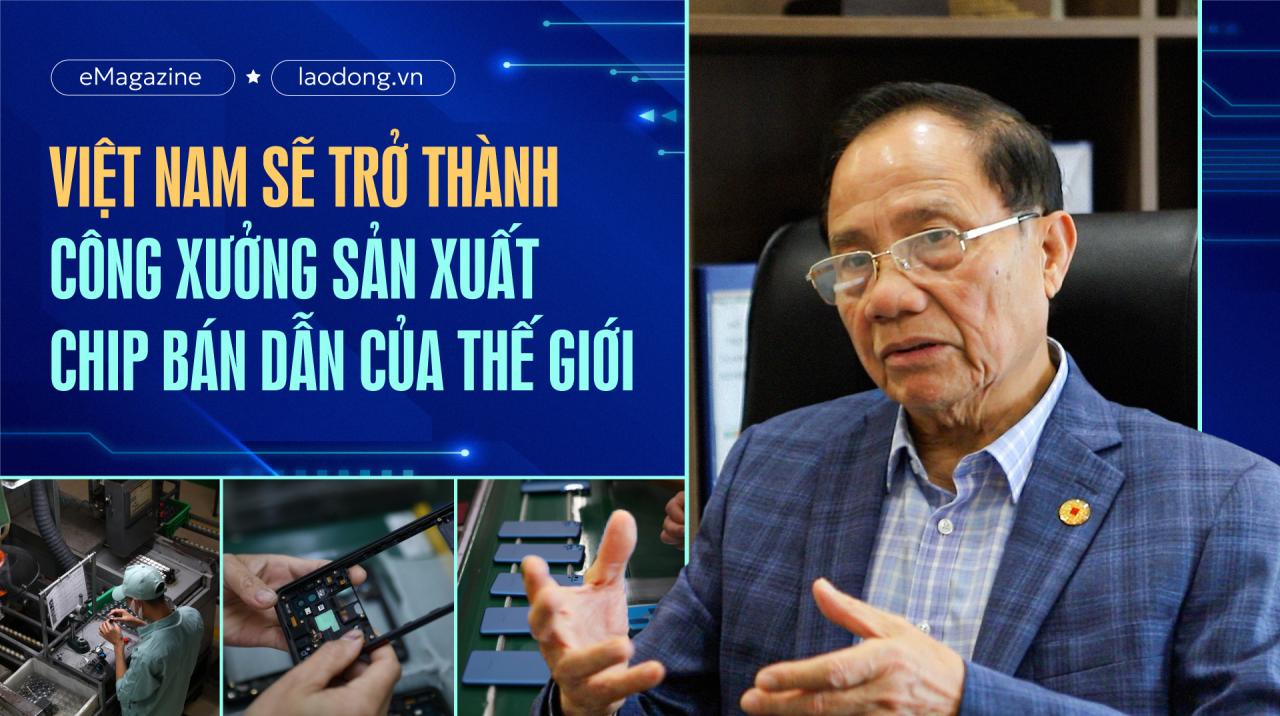 VIETNAM'S FOCUS ON COOPERATION WITH FDI ENTERPRISES IN SCIENCE AND TECHNOLOGY, DIGITAL TRANSFORMATION, SEMICONDUCTOR INDUSTRY, CHIP MANUFACTURING... IS OPENING UP OPPORTUNITIES FOR DOMESTIC TECHNOLOGY ENTERPRISES TO PARTICIPATE MORE DEEPLY IN THE GLOBAL SUPPLY CHAIN. THEREBY, PROMOTING THE DEVELOPMENT OF THE DOMESTIC SEMICONDUCTOR INDUSTRY. "VIETNAM CAN ABSOLUTELY BECOME THE WORLD'S SEMICONDUCTOR CHIP FACTORY", THAT IS THE COMMENT OF MR. NGUYEN VAN TOAN - VICE CHAIRMAN OF THE ASSOCIATION OF FOREIGN INVESTED ENTERPRISES (VAFIE) TO LAO DONG NEWSPAPER.
VIETNAM'S FOCUS ON COOPERATION WITH FDI ENTERPRISES IN SCIENCE AND TECHNOLOGY, DIGITAL TRANSFORMATION, SEMICONDUCTOR INDUSTRY, CHIP MANUFACTURING... IS OPENING UP OPPORTUNITIES FOR DOMESTIC TECHNOLOGY ENTERPRISES TO PARTICIPATE MORE DEEPLY IN THE GLOBAL SUPPLY CHAIN. THEREBY, PROMOTING THE DEVELOPMENT OF THE DOMESTIC SEMICONDUCTOR INDUSTRY. "VIETNAM CAN ABSOLUTELY BECOME THE WORLD'S SEMICONDUCTOR CHIP FACTORY", THAT IS THE COMMENT OF MR. NGUYEN VAN TOAN - VICE CHAIRMAN OF THE ASSOCIATION OF FOREIGN INVESTED ENTERPRISES (VAFIE) TO LAO DONG NEWSPAPER. 
After 35 years, South Korea, Singapore and Japan are the three countries investing the most FDI in Vietnam, while US enterprises are outside the top 10. After the event of Vietnam - US upgrading diplomatic relations to a comprehensive strategic partnership, international media expected that Vietnam could welcome the 4th wave of FDI with the main capital flow from the world's largest economy. What is your opinion on this issue? - Previously, foreign investment in Vietnam mainly came from Asian countries and territories such as Japan, South Korea, Singapore, China...
This shows that the world's largest investors are not investing much in Vietnam. For example, the US currently invests about 300 billion USD abroad per year, at least 200 billion USD per year, but the US invests only 1 billion USD in Vietnam. If Vietnam attracts investment from superpowers such as the US and EU, the growth prospects for the economy are very high. In 2023, there were positive signals in the flow of investment capital from the US, EU... into Vietnam. This shows that Vietnam is a promising investment destination.
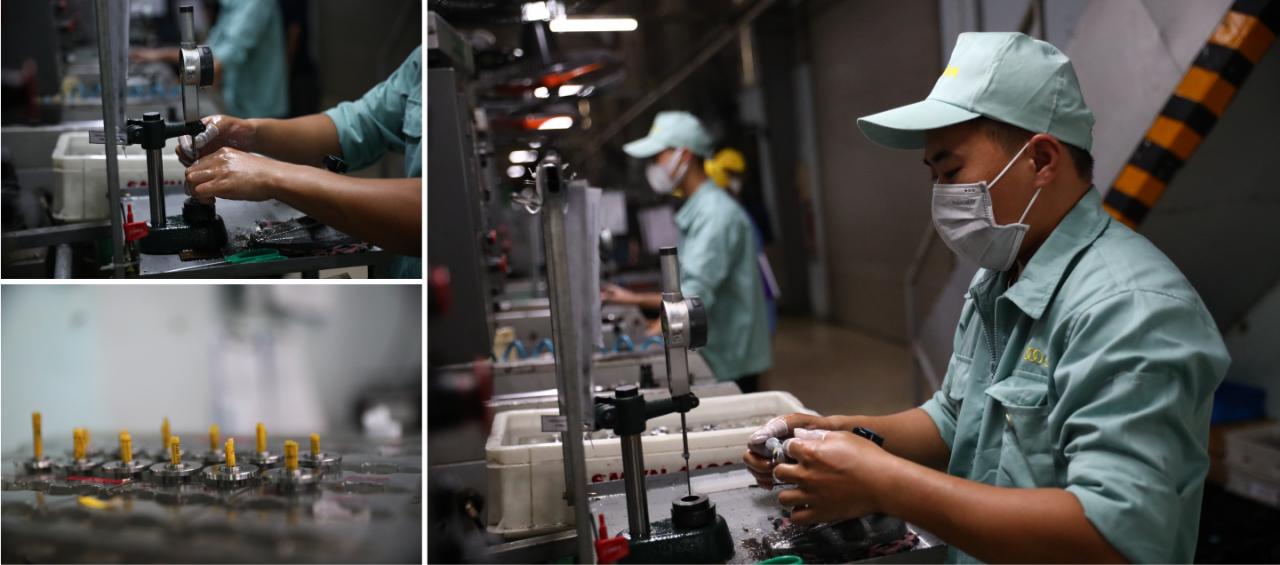
Historically, we have had opportunities to attract FDI capital flows into Vietnam. For example, in 2007, Vietnam signed the World Trade Agreement (WTO), then a year later, in 2008, Vietnam received a huge capital flow, but the disbursed capital was not as expected. At that time, our preparation was limited, and we did not have enough potential to attract such huge capital flows. Now, we also have a great opportunity, this opportunity is probably even better, for the following reasons: First, Vietnam is an integrated country with many bilateral and multilateral FTAs (Free Trade Agreements), including the largest countries in the world. This is a favorable condition for Vietnam. Second, Vietnam's political and economic systems are very stable, the investment environment and legal system are continuously improved, and our businesses have also developed strongly in recent times; Human resources have also developed better in both quantity and quality. How do you evaluate the 35 years of implementing the policy of attracting foreign investment in Vietnam? We need to look at FDI companies expanding factories and expanding their scale in the Vietnamese market. Previously, we attracted foreign investment in many ways to solve two problems. First, the lack of capital for development, because at that time, we were very short of capital, without capital we could not do anything. Second, we solved the problem of excess human resources and labor. But at present, after several decades of attracting foreign investment, we have raised the level of attracting foreign investment, especially after Resolution 50 of the Politburo on the orientation of perfecting institutions and policies, improving the quality and efficiency of foreign investment cooperation, which raised the issue of attracting foreign investment in the high-tech and source technology segments, not attracting foreign investment in the backward technology segment. At the same time, ensure issues related to environmental impact, use of clean energy, non-labor intensive, and no impact on sustainable development.
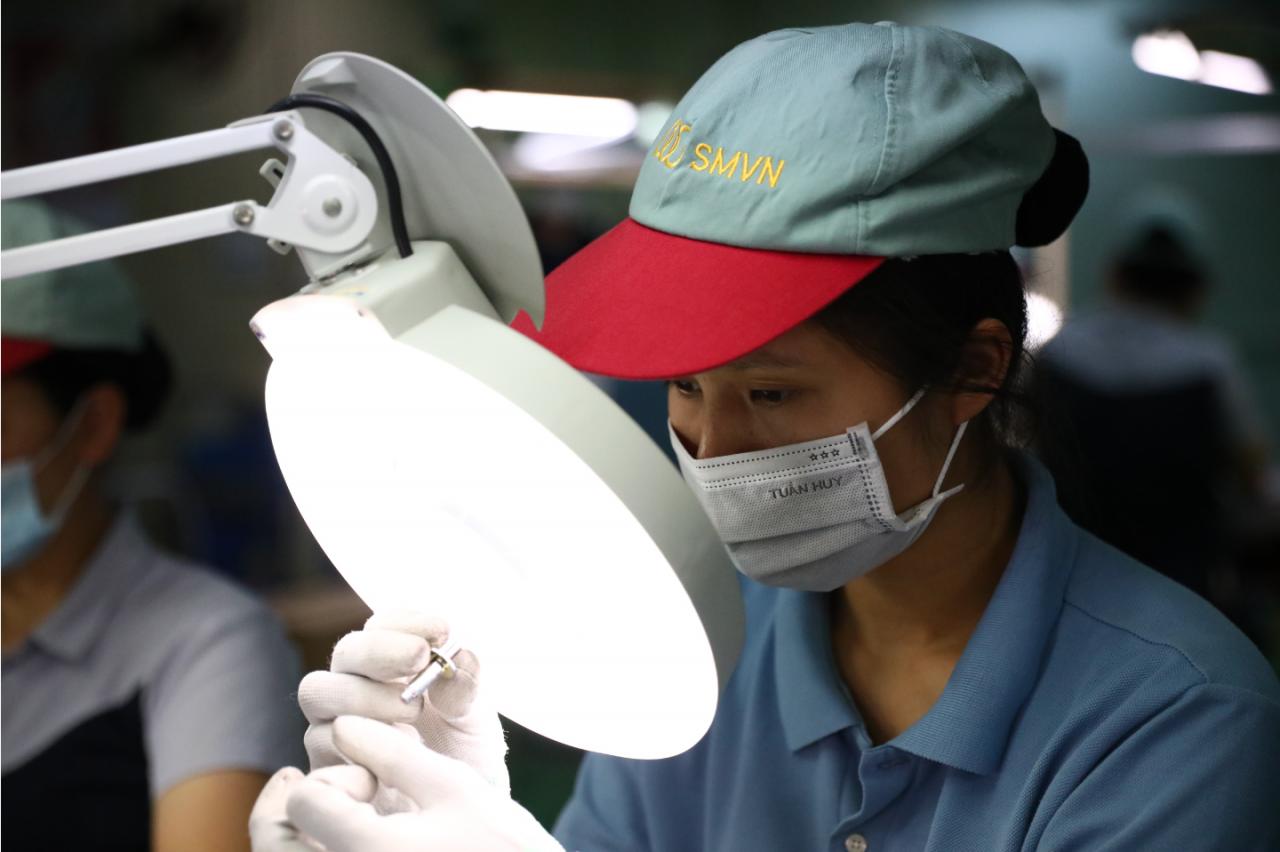
For example, in 2023, the National Assembly passed a Resolution on the application of additional corporate income tax under the provisions against global base erosion (Global Minimum Tax) effective from January 1, 2024. Previously, we used tax tools to attract foreign investment in Vietnam, so many foreign-invested enterprises in Vietnam, especially high-tech enterprises. There are FDI enterprises that are given tax priority, paying only 6-7% corporate income tax, while Vietnam's corporate income tax floor is from 20-25%. When Vietnam applies the Global Minimum Tax, FDI enterprises investing in Vietnam will no longer receive tax incentives, the tax rate will increase to 15% from 2024. Many people are worried that if tax incentives are lost, FDI enterprises will leave, but the evidence is that in 2023, the number of foreign-invested enterprises in Vietnam increased by 32% compared to 2022, the basic indicators all increased, in which, capital disbursement increased. This clearly shows that it is not only tax incentives that FDI enterprises "nest" in Vietnam, but we have many favorable conditions to attract FDI enterprises, from institutions, investment environment, to favorable conditions in human resources, resources...
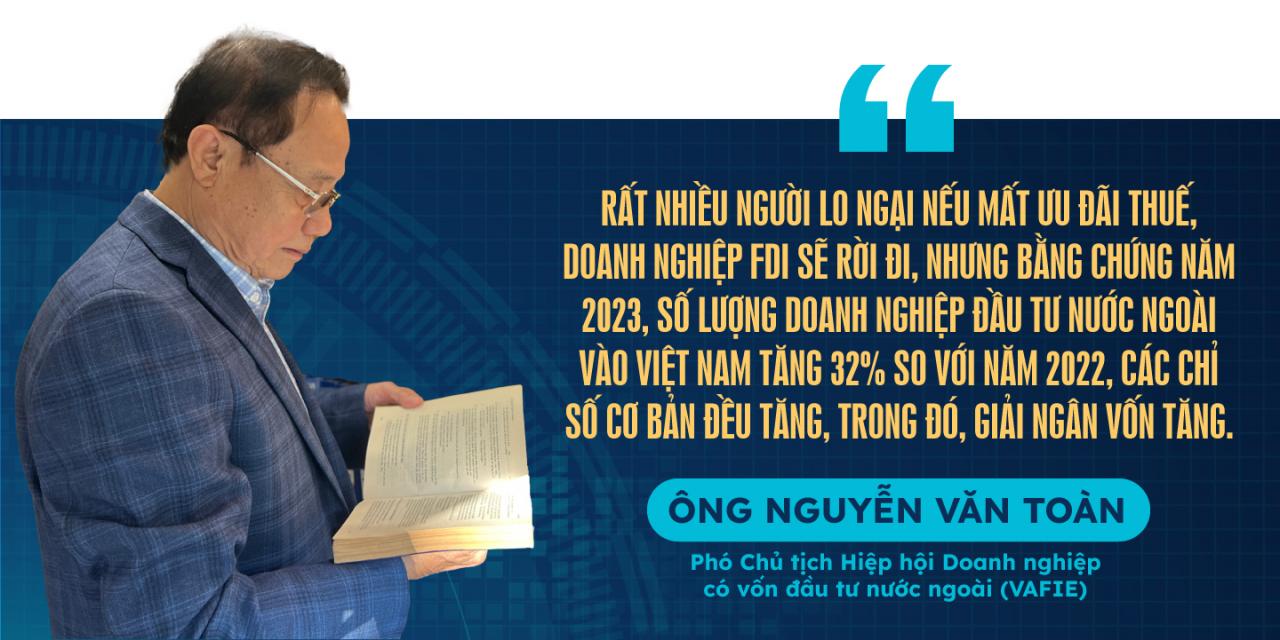
That is, in addition to tax incentives, will FDI enterprises choose to invest in a country with a safe, favorable and stable environment for long-term investment? - The world is pivoting towards foreign investment. For example, when investing abroad, the US and the EU always consider the possibility of long-term investment, not just trade (short-term investment). Long-term investment means that they "pour" resources to build factories, plants, establish companies, build ecosystems, etc. Therefore, when the geopolitical and economic situation in the world changes, FDI enterprises must find a safe and friendly investment environment and Vietnam is such a destination. Vietnam is currently a strategic partner of most of the strong countries in the world. These things have created strong confidence for FDI enterprises to invest. With the EU, we have an Investment Protection Agreement (IPA), if implemented, it will also create great confidence with EU investors. In addition, Vietnam has a very good capacity to develop the semiconductor industry. The evidence is that more and more American technology companies are coming to Vietnam. This shows that Vietnam's role in the semiconductor industry chain is growing. Universities and leading training institutions such as ASU and Arizona are also expanding their cooperation with the National Innovation Center NIC to support semiconductor human resource training.
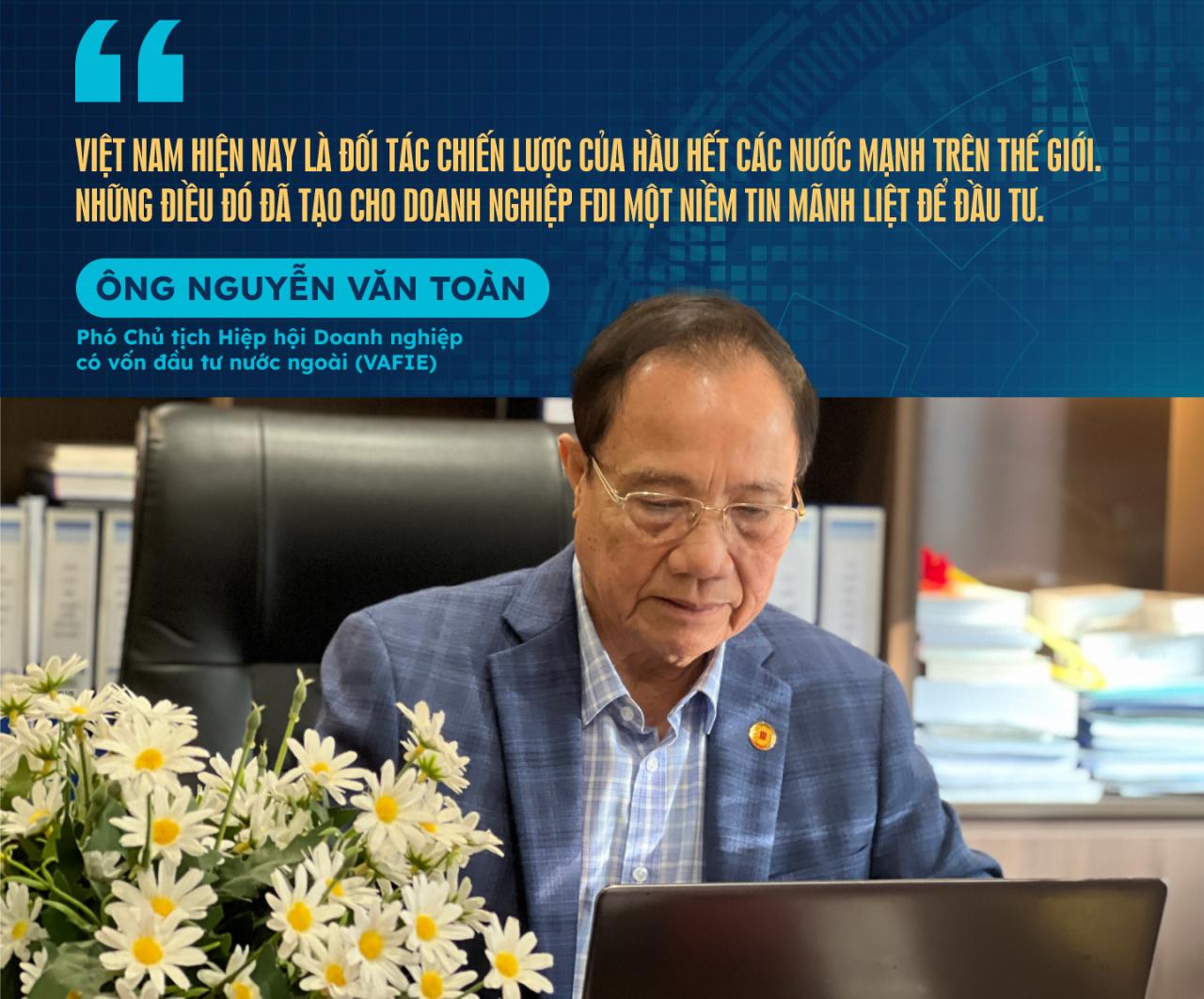

What is the possibility of attracting investment from the semiconductor industry in the coming time, sir? - Regarding the semiconductor industry, I think this is a historic opportunity for Vietnam. Why do I say that? Because we have many good conditions to develop the semiconductor industry. Intel has invested in this industry in Vietnam for nearly 20 years. They carry out the final packaging and testing stages (checking the chips one last time before shipping). However, the added value is not high, about 6 - 7%. In 2023, in Bac Giang, there will be 2 American factories (one has been inaugurated, one is under construction) worth about 2 billion USD. Regarding the prospects, I think they will not simply do the job of packaging semiconductor chips before shipping, but will do much more. FDI enterprises want to build chip factories in Vietnam. The largest stage will be chip design (a stage that accounts for more than 50% of the added value of the product). What advantages does Vietnam have for US businesses to choose as a place to set up factories? That is the question many people ask. I think Vietnam has many advantages: First, Vietnam has experience in this industry. Second, our workers and engineering team are quite good, suitable for developing chip manufacturing technology. Third, Vietnam's investment environment. We have built training programs to welcome this wave of investment, including training about 50,000 - 100,000 engineers to meet the needs of foreign investors coming to Vietnam to set up chip manufacturing factories.
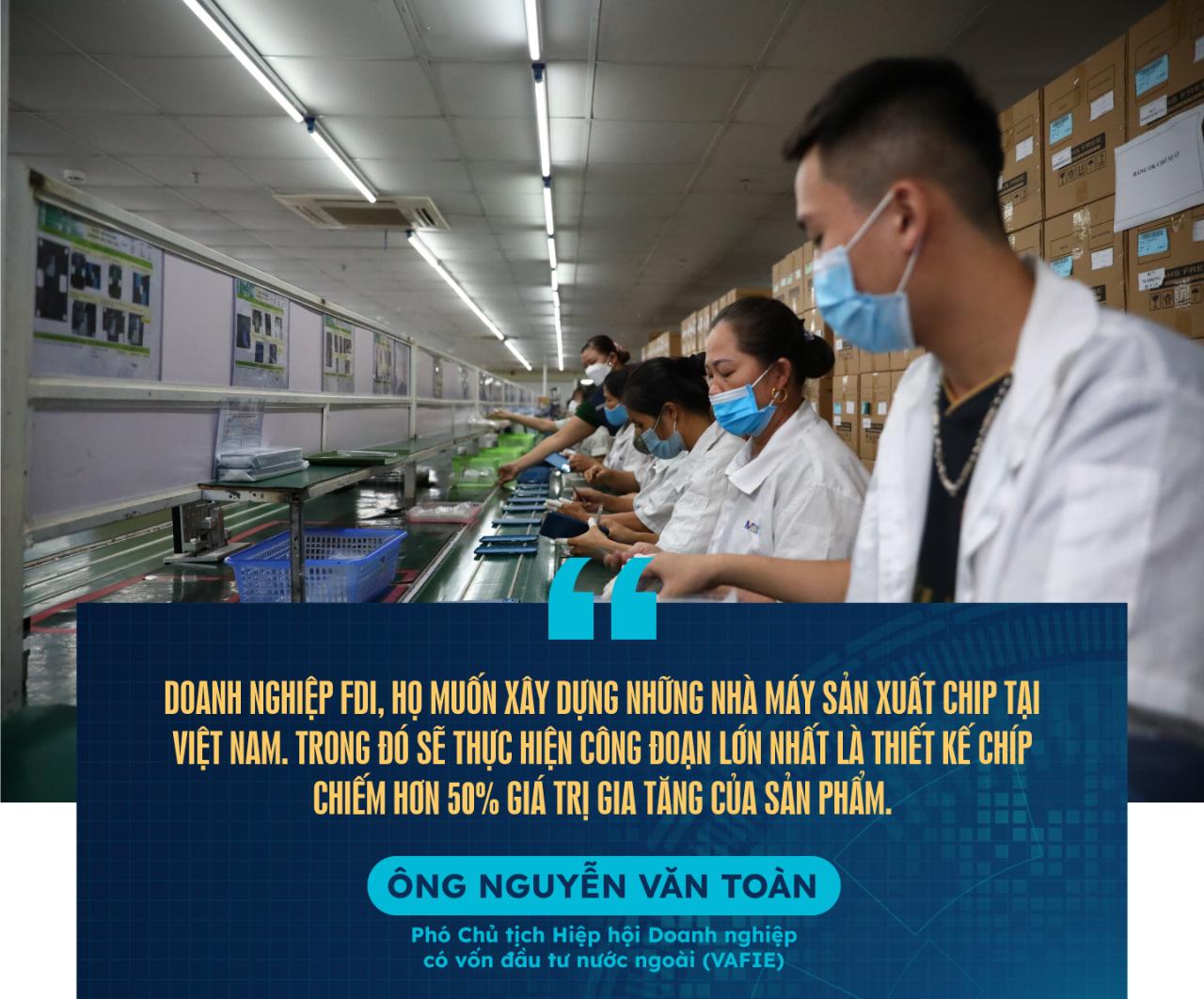
Will Vietnam become a factory, a world center for semiconductors, sir? - That is certain, I have high confidence, but to turn that belief into reality, we have a lot of work to do, of which the most important is to create an ecosystem for the development of the semiconductor industry. What does this ecosystem include? First, we need high-quality human resources. Currently, the Government has a plan to train and develop semiconductor technology human resources, assigning many universities to train such as FPT to train 10,000 students, other technology schools in Hanoi and Ho Chi Minh City also train thousands of students. Second, we must build innovation centers. We already have the National Innovation Center, this is a very good condition for development. And, we must further promote intellectual property rights; Currently, the Intellectual Property Law is available, but its implementation needs to be done better, more thoroughly, and more thoroughly so that the law can enter life, preventing counterfeit goods, counterfeit goods, and goods that infringe intellectual property rights. In addition to technical infrastructure, we must build social infrastructure, such as building safer, more convenient, and healthier accommodations for workers and laborers. This is something that must be done because there have been valuable lessons when our very talented engineers and scientists and technicians, but could not develop when working in Vietnam because the living and working environment was not good, so they chose to work and settle abroad. In this ecosystem, we must also ask and answer the question: where are Vietnamese enterprises? We must build a generation of well-developed Vietnamese enterprises and entrepreneurs to coordinate with foreign investors in the semiconductor industry, to attract, develop, synchronize, and combine equally with foreign enterprises. At what stage can Vietnamese enterprises participate in this ecosystem, sir? - Currently, we have factories that package and test the final stage before bringing semiconductor chip products to the market, but in the future, we can participate in the design stage, training human resources for semiconductor chip manufacturing and design enterprises. We must build high-quality human resources to design semiconductor chip products. Many people ask, why don't we make a "Make in Vietnam" semiconductor chip factory, we can do it, but it requires a huge amount of capital, from 10 billion to 20 billion USD/semiconductor chip factory. If we attract foreign investment, working together will be more feasible. But in the future, when we have enough resources, enough technology, enough workers, we can be completely autonomous in designing and manufacturing semiconductor chips. In addition, we have a huge source of rare earths, second only to China. This rare earth resource, Vietnam, China and India alone account for about 60% of the world's rare earth reserves. The problem is how we can exploit and refine them to serve the semiconductor industry. To do such work is already very successful.
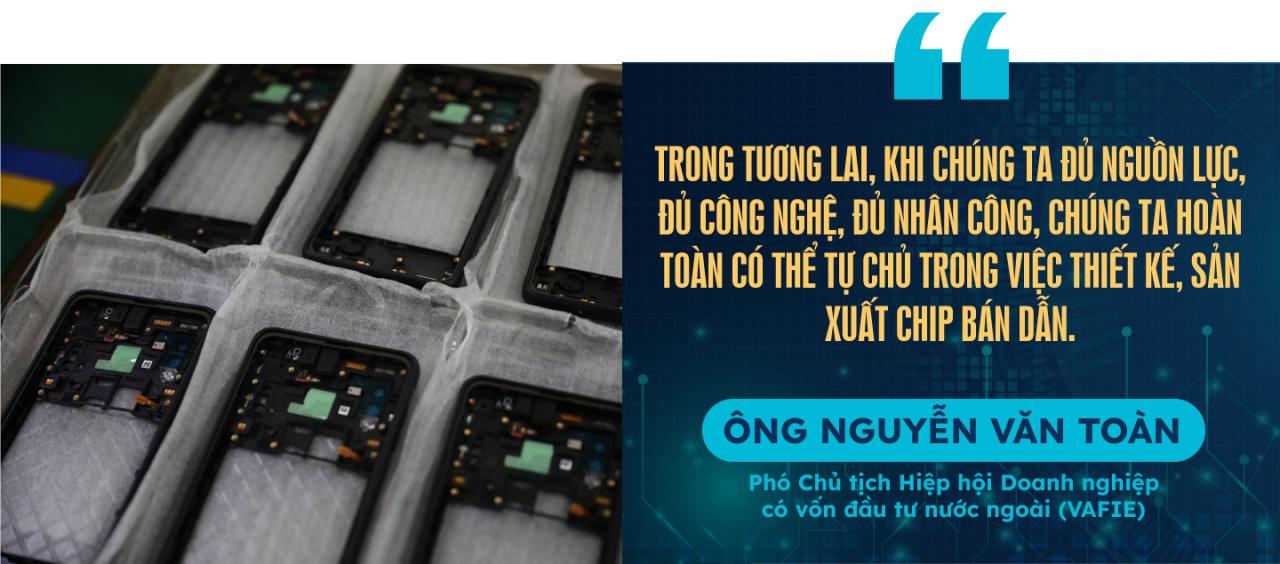

However, in attracting foreign investment, there are still limitations such as the lack of connection between the FDI sector and domestic enterprises, and ineffective technology transfer. At the same time, Vietnam has not yet escaped the status of processing, what is your assessment of this issue? - That's right, we do very well in attracting foreign investment, but the added value of our exported products is not high. This proves that we have not made good use of foreign investment in Vietnam to create high efficiency for the economy. Therefore, in order to create high added value for Vietnam, we must strengthen the connection between the FDI sector and domestic enterprises and increase technology transfer. Because, the connection between foreign investment enterprises and domestic enterprises has long been a weak link. Through this opportunity, we must make this a central issue, not just superficially. There is an issue that FDI enterprises are very interested in, which is electricity. Each semiconductor chip factory needs about 100 MW of electricity, equivalent to an average power plant. In particular, the power source must be clean, renewable energy, not traditional, fossil energy. We must solve all these problems to become the world's semiconductor chip manufacturing center.
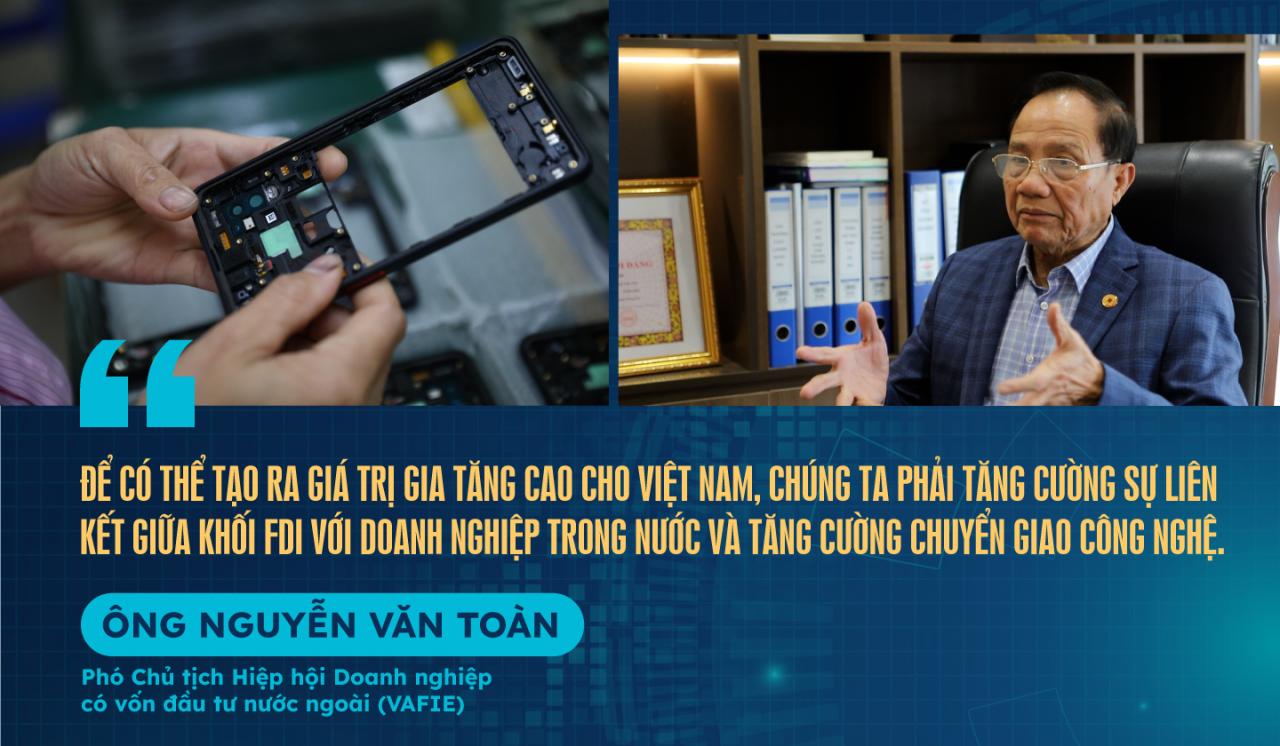






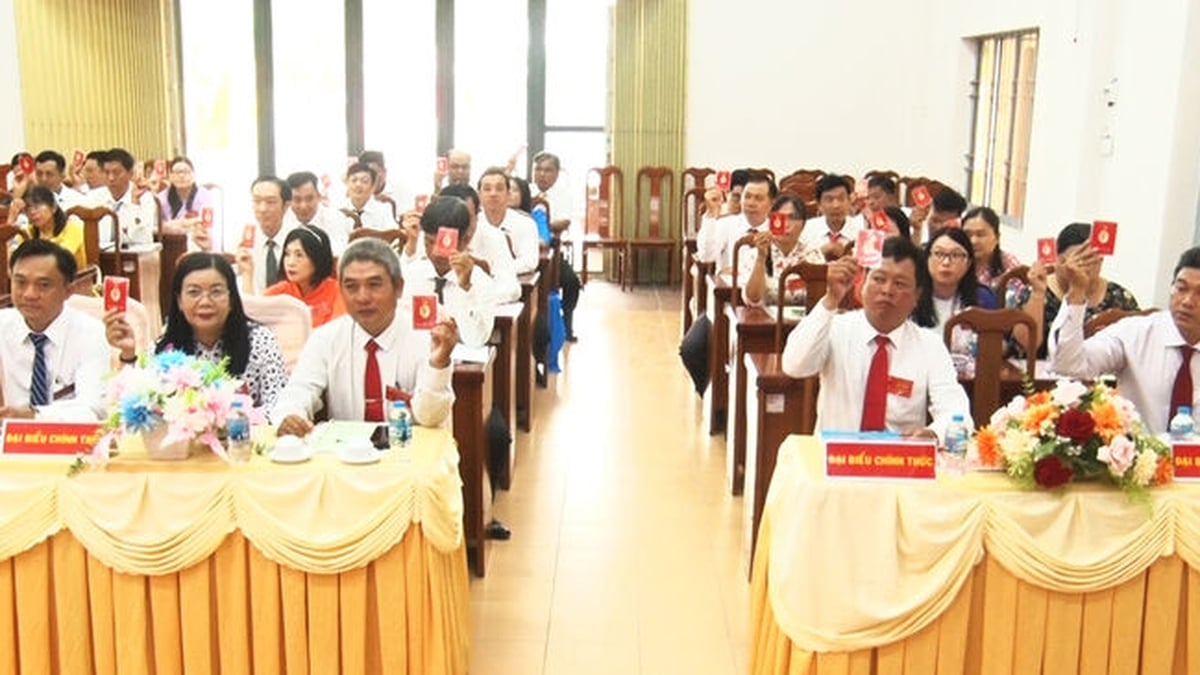

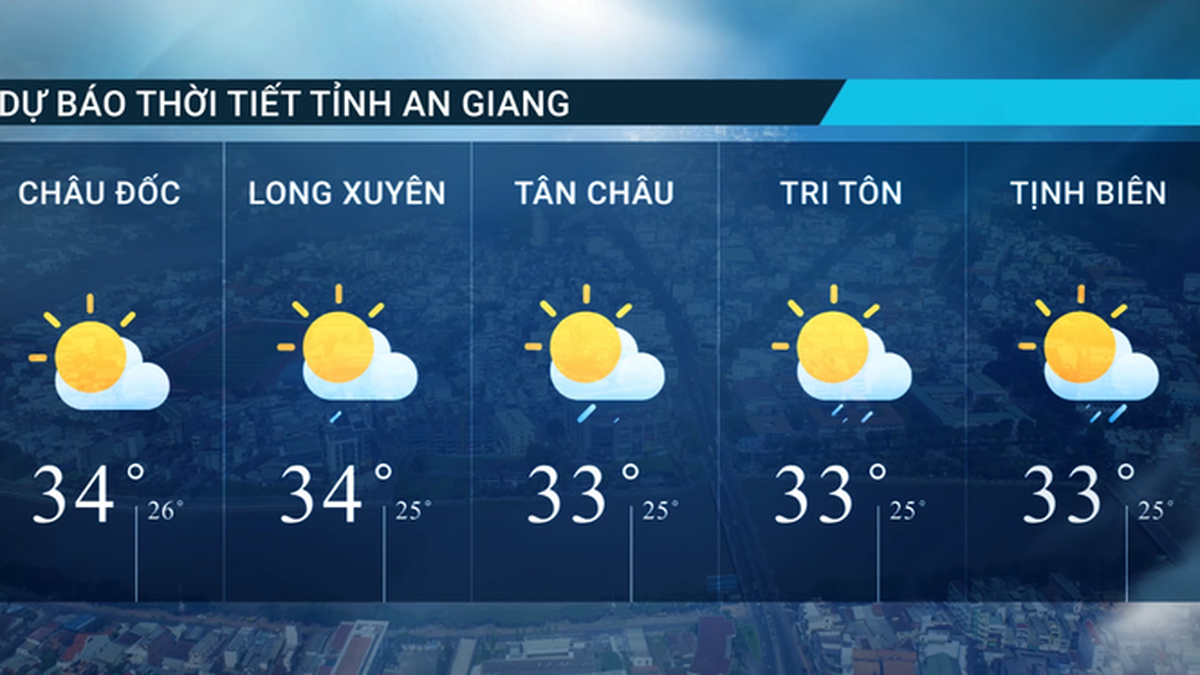
























































































Comment (0)